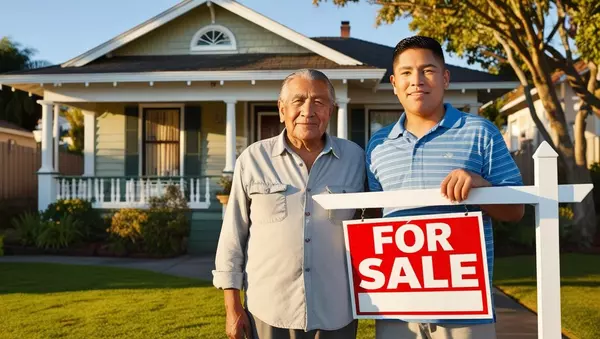I am retiring, what changes can I make in my home?
Categories
Recent Posts

Selling in a Balanced Market: Why Pricing Matters More Than Ever

Is now the time to buy a home in Memphis, TN?

Powering the Future: Highlights from Epique PowerCon 2025

March Madness: Avoid the Brackets and Score Big in Your Home Search!

7 Common Mistakes To Avoid When Selling Your Parent's Home

Moving to a New City?

Seniors and Downsizing

Real Estate Investor Tax Tips: Don't Let the Tax Man Take a Bite Out of Your Profits

March 2023

February 2023

